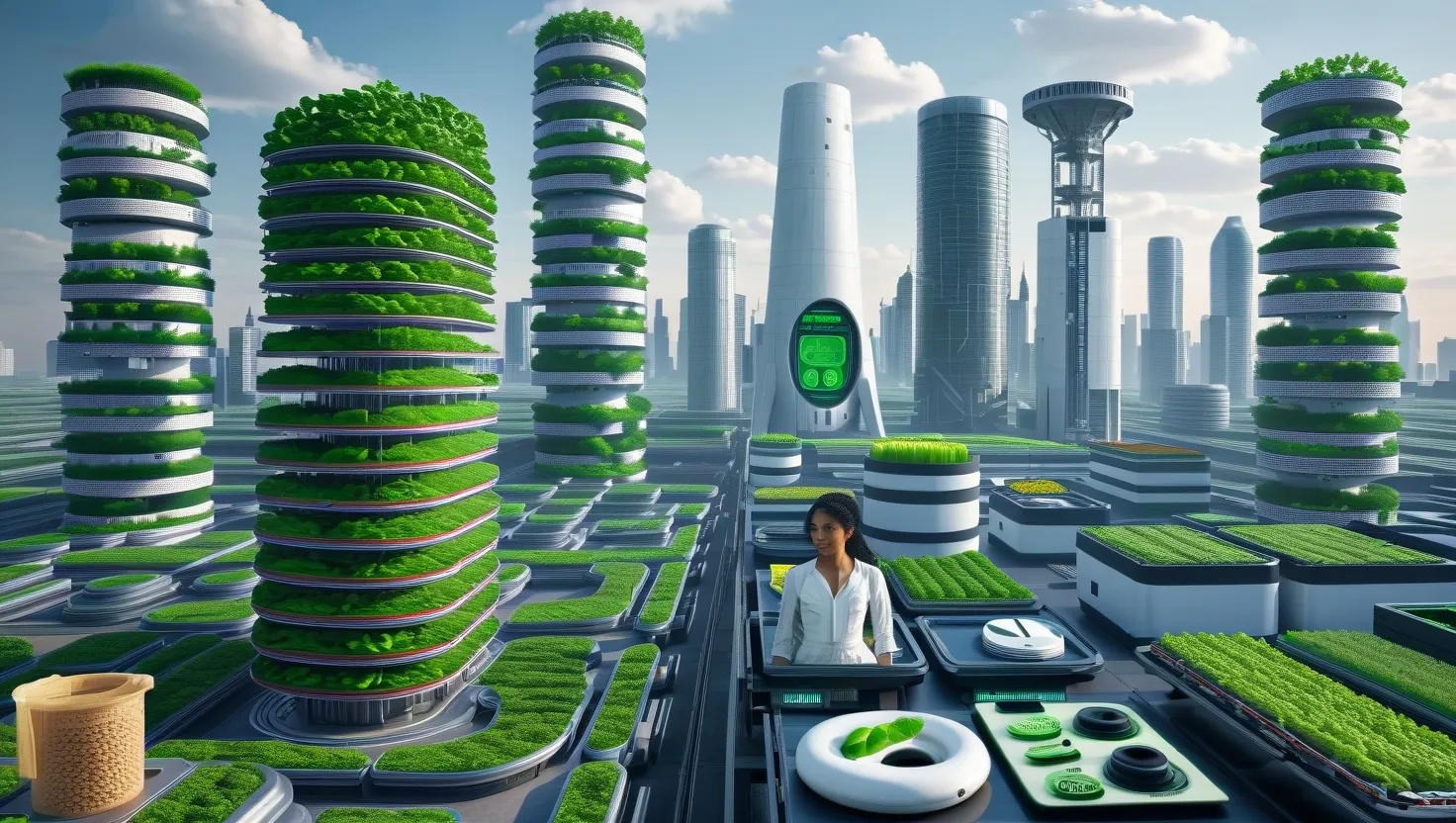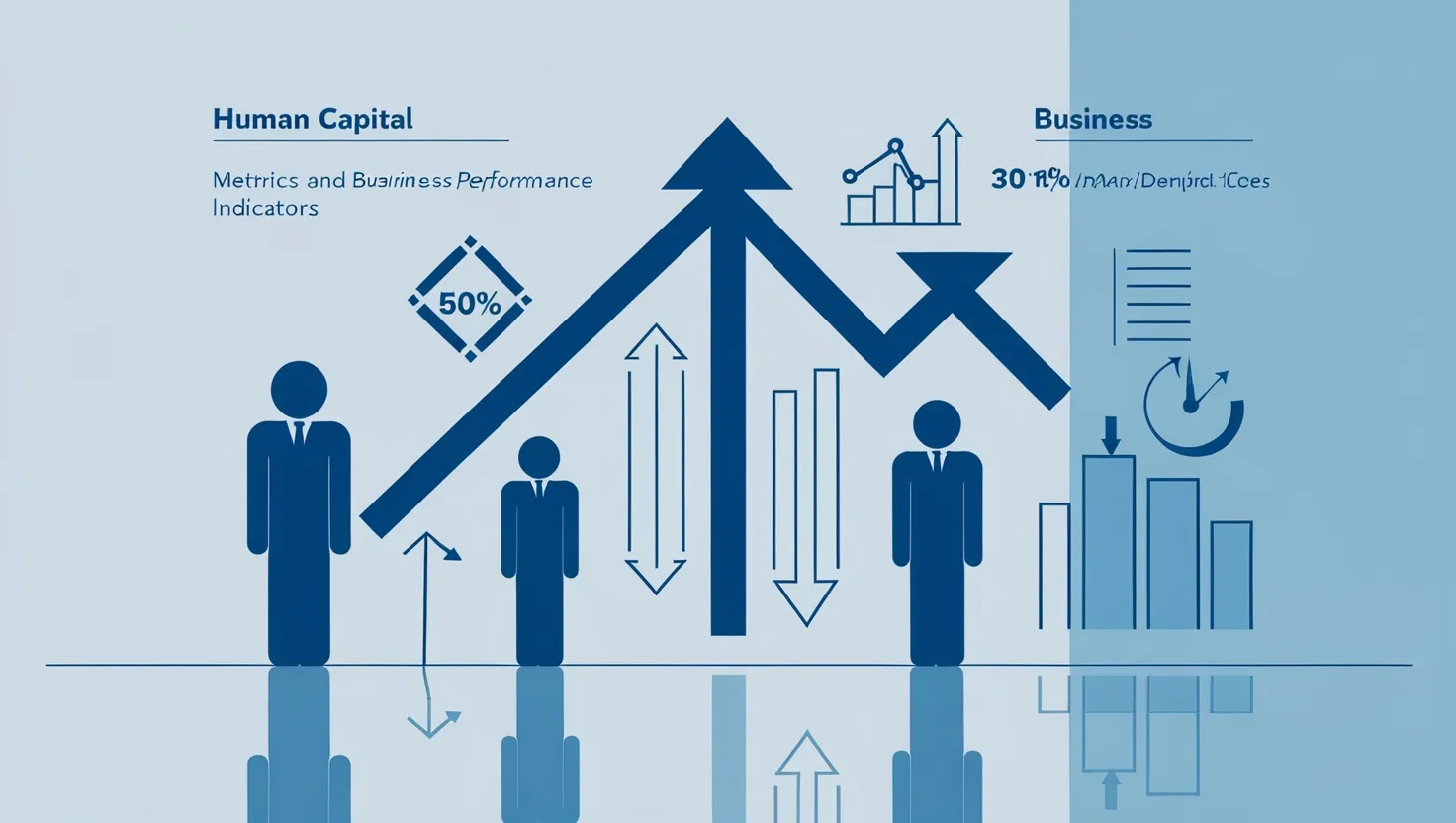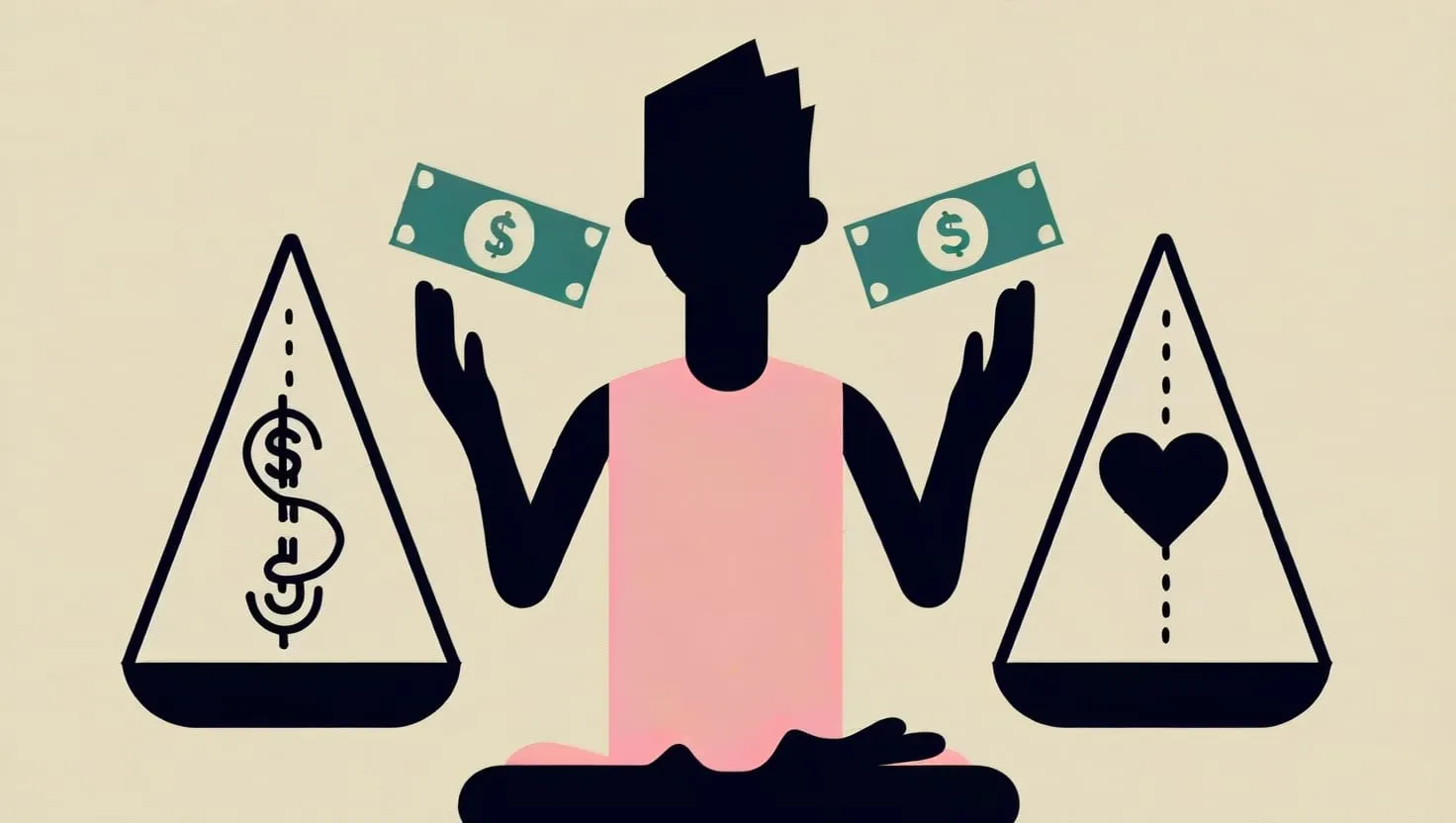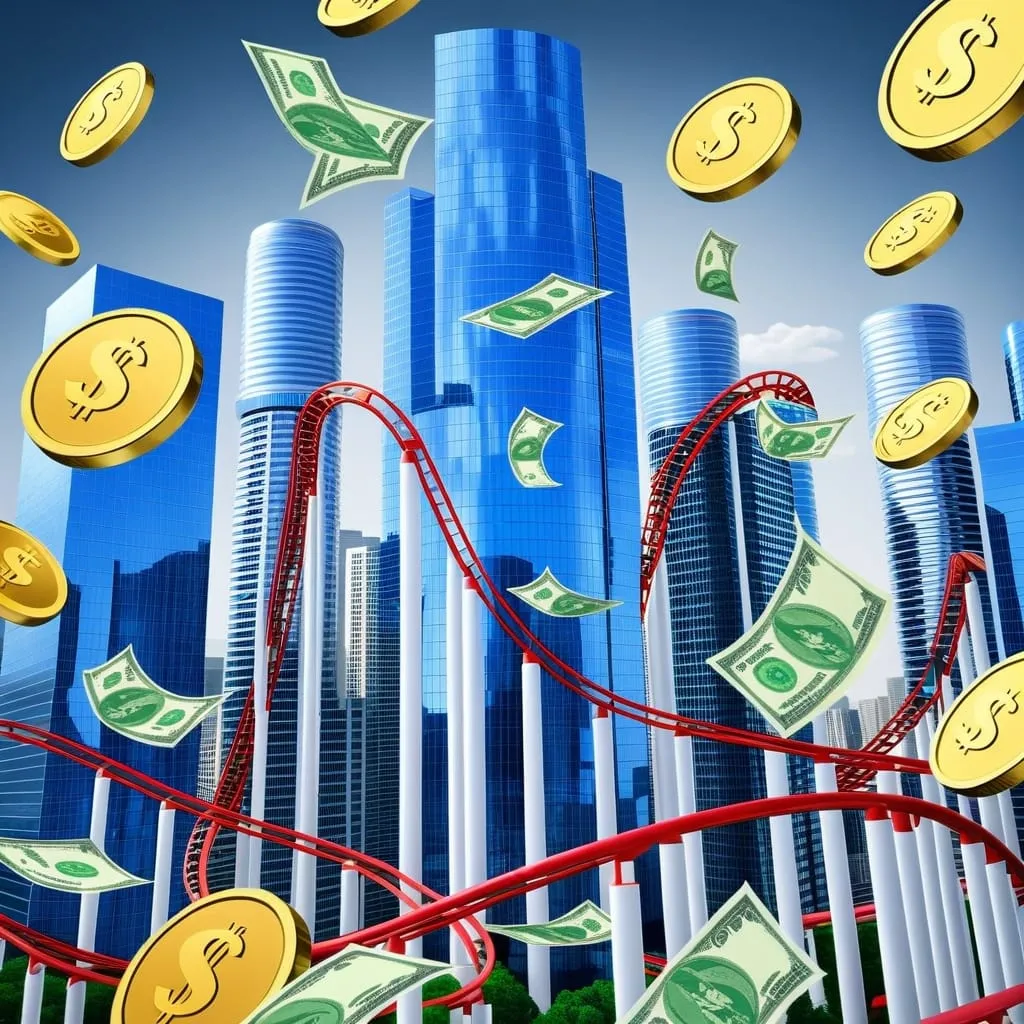In the ever-evolving landscape of the green economy, niche markets are emerging as pivotal players in the quest for sustainability. These specialized sectors not only offer innovative solutions to environmental challenges but also present lucrative opportunities for businesses and investors. Let’s delve into six of these niche markets, exploring their potential, the companies leading the charge, and the broader implications for the economy and the environment.
Vertical Farming: The Future of Urban Agriculture
Imagine walking through a bustling city, surrounded by towering skyscrapers, and yet, just a block away, there’s a farm producing fresh, organic produce year-round. This is the reality of vertical farming, a technology that’s revolutionizing urban agriculture. By growing crops in vertically stacked layers within controlled environments, vertical farms can thrive in the heart of cities, reducing transportation costs and increasing food freshness.
“Vertical farming is not just a revolution in agriculture but a necessity to sustainably feed the growing urban population,” as noted by Dickson Despommier, a leading advocate of vertical farming. This method uses advanced technologies like LED lighting, hydroponics, and aeroponics to ensure consistent crop yields, regardless of external weather conditions.
Companies like AeroFarms are at the forefront of this innovation. They produce food with a fraction of the water, no pesticides, and minimal transportation, making it a win for both people and the planet. The market size for vertical farming is projected to grow significantly, driven by increasing urbanization and the demand for sustainable food production.
Eco-Friendly Packaging Alternatives for E-Commerce
The e-commerce boom has brought about a packaging crisis, with millions of boxes and bags ending up in landfills every day. However, a new wave of eco-friendly packaging alternatives is changing this narrative. Companies are now turning to biodegradable materials, reusable packaging, and even mushroom-based packaging solutions.
How many of us have ever thought about the environmental impact of our online shopping habits? The answer is probably not many, but it’s time to start. Eco-friendly packaging is not just a moral imperative; it’s also becoming a market differentiator. Consumers are increasingly choosing brands that prioritize sustainability, and this trend is expected to drive significant growth in the eco-friendly packaging market.
Carbon Capture and Utilization Solutions
Carbon capture and utilization (CCU) is another niche market that’s gaining traction. Instead of just capturing and storing CO2, CCU technologies convert carbon dioxide into valuable products such as fuels, chemicals, and building materials. This approach not only reduces emissions but also creates new revenue streams.
“Carbon capture and utilization is a game-changer because it turns a liability into an asset,” says a leading expert in the field. Companies like Carbon Engineering and Climeworks are pioneering this technology, capturing CO2 from the air and converting it into products like synthetic fuels and concrete.
The regulatory landscape is supportive, with governments offering incentives for CCU projects. As the world moves towards net-zero emissions, the demand for these solutions is expected to skyrocket, making this a highly scalable and investable niche.
Sustainable Fashion Rental Platforms
Fast fashion has been a thorn in the side of sustainability for decades, but sustainable fashion rental platforms are offering a stylish solution. These platforms allow consumers to rent high-quality, designer clothing for special occasions, reducing the need for frequent purchases and the subsequent waste.
“Sustainable fashion is not just about the environment; it’s about changing the way we consume,” notes a fashion industry insider. Companies like Rent the Runway and ThredUp are leading this revolution, providing consumers with access to luxury fashion without the hefty price tag or environmental impact.
The market for sustainable fashion is growing rapidly, driven by consumer awareness and the desire for more ethical consumption practices. As more consumers adopt this model, traditional fashion brands will need to adapt to stay relevant.
Smart Home Energy Management Systems
Smart home energy management systems are transforming the way we live and consume energy. These systems use advanced technologies like AI and IoT to optimize energy usage, reduce waste, and integrate renewable energy sources into the home.
“The future of energy is smart, and it’s here now,” says an industry expert. Companies like Nest and Ecobee are at the forefront of this innovation, offering homeowners the ability to control and monitor their energy usage in real-time.
The market for smart home energy management is projected to grow significantly, driven by increasing energy costs and consumer demand for sustainable living solutions. As more homes become “smart,” the potential for energy savings and reduced carbon emissions is immense.
Biodegradable Materials for 3D Printing
The rise of 3D printing has opened up new possibilities for manufacturing, but it also comes with environmental challenges. Traditional 3D printing materials are often non-biodegradable and contribute to plastic waste. However, biodegradable materials are changing this landscape.
Imagine printing a product that can decompose naturally at the end of its life cycle. This is now possible with biodegradable polymers and plant-based materials. Companies like Bioplastic Polymers and NatureWorks are developing these sustainable materials, making 3D printing more environmentally friendly.
The potential for scalability is high, as industries from healthcare to automotive begin to adopt these sustainable materials. The regulatory landscape is also supportive, with governments encouraging the use of biodegradable materials in manufacturing.
Intersection with Larger Industries
These niche markets do not exist in isolation; they intersect with larger industries in profound ways. Vertical farming, for instance, is disrupting traditional agriculture by providing a sustainable alternative for urban food production. Eco-friendly packaging is changing the e-commerce industry by forcing companies to rethink their packaging strategies.
Sustainable fashion rental platforms are challenging the fast fashion industry, while smart home energy management systems are transforming the energy sector. Carbon capture and utilization solutions are impacting multiple industries, from energy to construction, by providing new uses for captured CO2.
Biodegradable materials for 3D printing are revolutionizing manufacturing across various sectors, from healthcare to consumer goods. As these niches grow, they have the potential to disrupt traditional markets and drive significant changes in consumer behavior and business practices.
Regulatory Landscape and Consumer Adoption
The regulatory landscape is increasingly supportive of these green economy niches. Governments around the world are implementing policies and offering incentives to encourage sustainable practices. For example, tax credits for companies investing in carbon capture and utilization technologies or subsidies for businesses adopting biodegradable materials.
Consumer adoption rates are also on the rise. As awareness about environmental issues grows, consumers are making more sustainable choices. This shift in consumer behavior is driving demand for products and services offered by these niche markets.
Investment Opportunities
Investing in these niche markets can be highly rewarding. With growing demand and supportive regulatory environments, companies in these sectors are poised for significant growth. Venture capitalists and impact investors are already taking notice, pouring millions into startups and established companies alike.
However, there are also challenges to consider. Scalability, cost, and public acceptance can be hurdles for some of these technologies. But for those willing to take the leap, the potential returns are substantial.
As we look to the future, it’s clear that these niche markets in the green economy are not just trends but necessities. They offer innovative solutions to some of the world’s most pressing environmental challenges and present unique opportunities for businesses and investors.
So, the next time you order something online, think about the packaging. When you’re getting ready for a special occasion, consider renting your outfit. And as you look around your home, think about how smart energy management could save you money and reduce your carbon footprint.
The green economy is not just a future aspiration; it’s a present reality, and these niche markets are leading the way.






